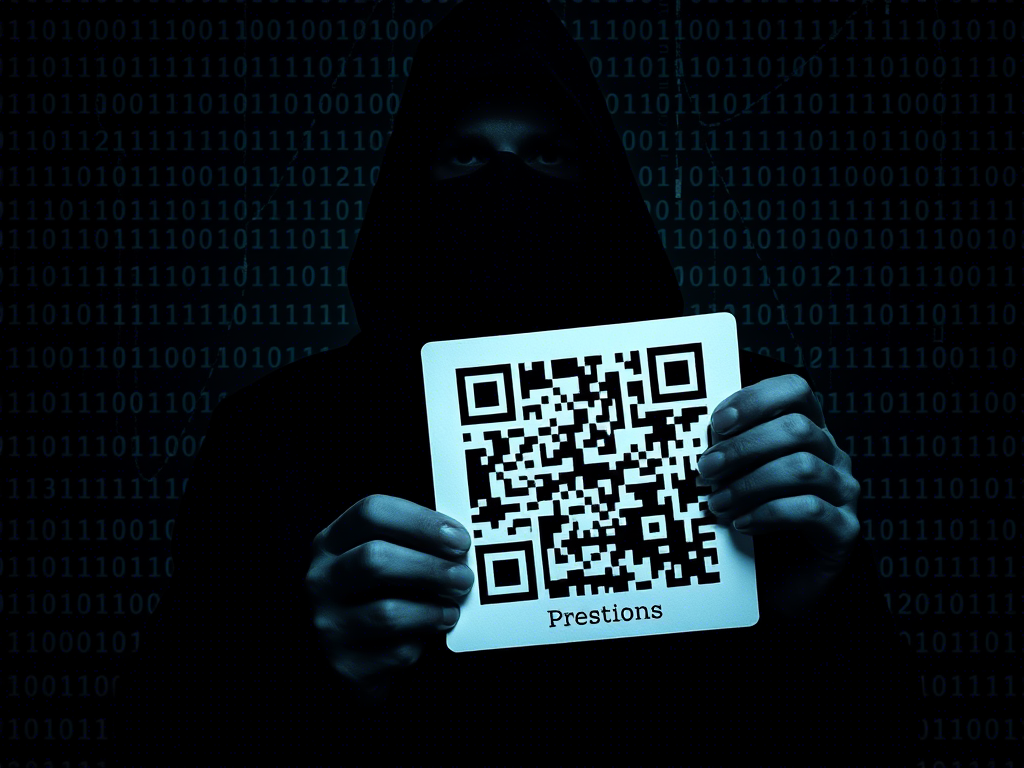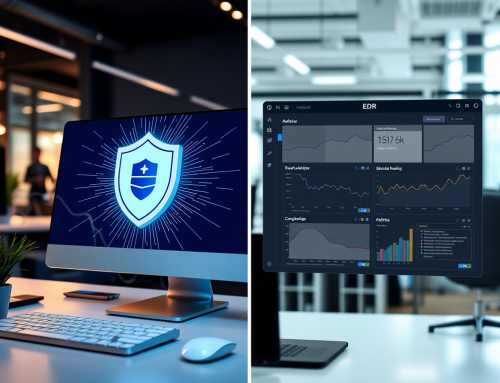With AI rapidly evolving, deepfakes have transitioned from simple internet curiosities to major cybersecurity threats. Their ability to forge realistic audio and video content has put individuals, organizations, and even governments at risk. But how do these AI-generated movies of deception actually work, what dangers do they pose, and most importantly, how can we fight back?
This article explores the intersection of deepfakes and cybersecurity, real-world examples of attacks, how they bypass security systems, and the tools and strategies experts recommend to detect and prevent them.
What Are Deepfakes?
Deepfakes are AI-generated media that convincingly mimic real people’s voices, faces, or behaviors. Created using deep learning algorithms like generative adversarial networks (GANs), these forgeries can produce fake videos, audio, and even live streams that are almost indistinguishable from authentic recordings.
For instance, imagine a video where a high-profile CEO appears to announce false financial data, or a phone call where the “voice” of your manager requests an urgent wire transfer. These aren’t hypothetical anymore; such deepfake attacks are happening now.
While deepfakes can be used creatively—for entertainment, art, and training simulations—they pose significant risks when exploited maliciously.
Deepfakes and Cybersecurity: Understanding the Risks
Deepfakes are no longer just tools for pranks or misinformation; they’re now a weapon in the arsenal of cybercriminals. Here’s why they’re such a growing concern in cybersecurity:
1. Identity Fraud and Personal Risks
Deepfakes can be used to impersonate individuals for phishing scams, such as creating fabricated videos of someone requesting sensitive corporate data. Worse, personal embarrassment and reputational harm caused by fake videos have been weaponized in cases like political defamation or revenge porn.
2. Corporate Espionage
Cybercriminals can use deepfakes to impersonate executives or employees in video conferences to steal business secrets, authorize financial actions, or manipulate decisions.
3. Disinformation Campaigns
Deepfakes can influence public opinion by spreading disinformation during elections, protests, or corporate crises. This magnifies their potential as a tool for political or social manipulation.
4. Eroding Trust
With deepfake technology becoming more sophisticated, it’s harder to distinguish truth from fiction. This “truth decay” affects trust in communications, digital evidence, and even democracy.
5 Real-World Examples of Deepfake Cyberattacks
Understanding how deepfakes are exploited in real scenarios helps us better anticipate and address these risks. Here are five notable cases, along with measures that could mitigate similar attacks in the future:
1. Deepfake Voice Scam on a UK CEO
Cybercriminals used AI-generated audio to mimic the voice of the CEO’s boss, requesting a €220,000 transfer to a “supplier.” The attack was successful.
Preventative Measure: Two-factor authentication and requiring written confirmation for financial transactions could have stopped this scam.
2. Elon Musk-Deepfake Cryptocurrency Fraud
Deepfakes of Elon Musk have been used in fabricated videos promoting fraudulent cryptocurrency schemes, tricking users into investing.
Preventative Measure: Educating users about phishing red flags and introducing real-time deepfake detection tools can safeguard against such schemes.
3. Deepfake Videos in Indian Elections
Deepfake videos of political leaders were used to spread false campaign messages to promote divisive misinformation.
Preventative Measure: Strengthening media literacy campaigns and fact-checking initiatives can help fight disinformation in politically charged contexts.
4. Manipulated Security Footage
Deepfake-altered surveillance footage was once demonstrated as a proof-of-concept to frame someone for crimes they didn’t commit, though thankfully not used in real trials.
Preventative Measure: Blockchain systems verify authenticity by timestamping video metadata, making it tamper-proof.
5. Social Media Exploitation
Cybercriminals have used doctored live streams to request donations or funds intended for fake causes.
Preventative Measure: AI tools like ClearView or social media verification systems can be used to validate livestream sources.
Technical Analysis: How Deepfakes Bypass Security Measures
Deepfakes rely on advanced neural networks that learn to mimic real-world data. Here’s why they can bypass traditional security defenses.
1. Advanced AI Algorithms
Deepfakes use Generative Adversarial Networks (GANs) where one AI model generates fake content and another AI model evaluates its realism. This iterative process results in increasingly lifelike forgeries that fool both humans and AI detection models.
2. Spoofing Techniques in Biometrics
Deepfakes can deceive biometric authentication systems, such as facial recognition and voice verification, by providing high-definition, AI-generated replicas.
3. Weak Detection Software
Much of the world’s current security software is optimized for older forms of attacks (e.g., ransomware). They lack the sophistication needed to detect dynamic or subtle anomalies in video/audio files generated by deepfake technology.
Prevention and Detection: Tools and Strategies
Staying ahead of deepfake threats requires proactive strategies and cutting-edge tools. Here’s what cybersecurity professionals recommend:
1. Use Deepfake Detection Tools
AI-powered detection tools like Sensity.ai, Deepware Scanner, and Microsoft’s Video Authenticator analyze videos and audio for signs of manipulation.
2. Enhanced Biometric Authentication
Implement multi-modal biometric verification, combining face, voice, behavior, and iris detection for secure confirmation.
3. Blockchain for Media Authentication
Use blockchain to track the provenance of digital media files, including timestamps and metadata verification. Companies like Truepic are paving the way for secure media authentication.
4. Training and Awareness
Educate employees and individuals on recognizing potential deepfake scams and phishing attempts. Awareness remains one of the most important defenses.
5. Regulatory Frameworks and Collaboration
Advocate for tighter regulations surrounding the use and creation of AI-generated content. Governments, tech firms, and cybersecurity agencies must work collectively to combat deepfake misuse.
The Future of Deepfakes and Cybersecurity
Deepfake technology will only continue to evolve, offering even more realistic forgeries in the years to come. But with new defensive innovations also emerging, professionals in cybersecurity, policy-making, and tech industries still have an opportunity to minimize harm.
For instance, advancements in real-time detection algorithms and ethical AI standards may reduce their potential applications in cybercrime. Massive investments in media verification technologies are also gearing up to seal vulnerabilities.
Staying Ahead of the Curve
The risks posed by deepfakes to cybersecurity are real and growing. However, by staying informed, investing in preventative measures, and relying on innovative detection tools, individuals and organizations can counteract these threats effectively.
At the heart of cybersecurity is a principle that has always been true: education and preparation go hand-in-hand with safety. By fostering awareness and adopting proactive measures, cybersecurity professionals and businesses alike can better protect themselves in an age shaped by deepfake technologies.





